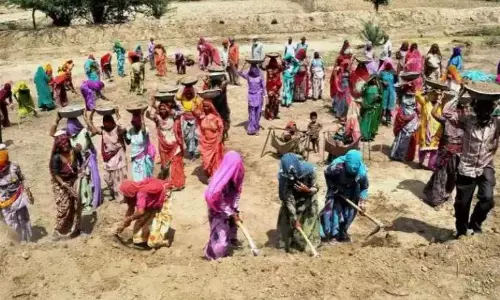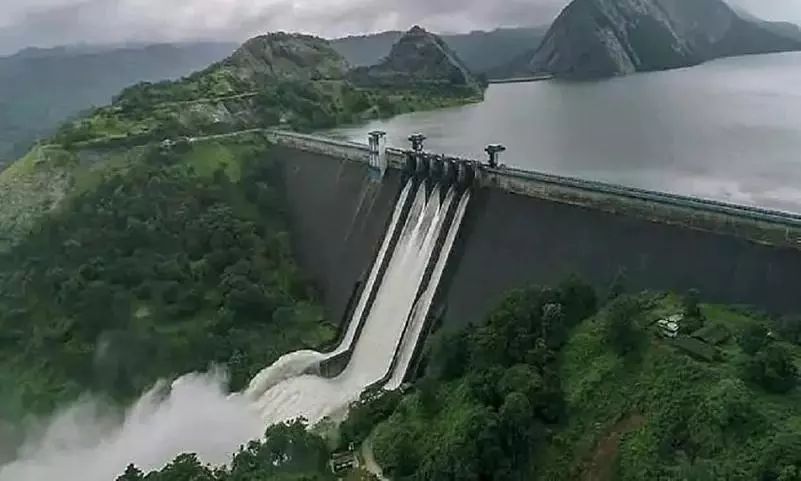
China begins construction of mega dam over Brahmaputra amid Indian concerns
text_fieldsBeijing: China has officially launched the construction of a massive hydropower project worth USD 167.8 billion on the Brahmaputra River in Tibet, near the border with India’s Arunachal Pradesh. The ambitious project, considered the world’s largest infrastructure development of its kind, has raised alarm in downstream countries India and Bangladesh.
The project was formally announced on Saturday by Chinese Premier Li Qiang during a groundbreaking ceremony in Nyingchi City, located in the lower reaches of the Yarlung Zangbo, as the Brahmaputra is known in Tibet. Approved in December last year, the hydropower complex will feature five cascade power stations and is expected to produce over 300 billion kilowatt-hours of electricity annually, reportedly enough to supply power to more than 300 million people.
The mega-dam is being constructed in a strategic gorge in the Himalayas where the Brahmaputra takes a sharp U-turn before entering Arunachal Pradesh and eventually flowing into Bangladesh. The location is geologically fragile, situated along a known tectonic fault line prone to seismic activity.
The announcement has triggered concerns in India and Bangladesh, both of which rely on the Brahmaputra for agriculture and water supply. India’s Ministry of External Affairs has previously urged China to ensure that its upstream river projects do not adversely impact downstream nations. In response, Beijing has assured that the project will not cause "negative impacts" and promised continued communication with lower riparian countries.
Earlier this month, Arunachal Pradesh Chief Minister Pema Khandu expressed serious concerns, describing the Chinese dam as a “ticking water bomb”. He warned that it could pose greater risks than even military threats, potentially endangering the lives and livelihoods of local tribal communities. Khandu warned that the dam could be used by China as a weapon.
India, for its part, is also pursuing its own hydropower initiatives along the Brahmaputra in Arunachal Pradesh as part of its regional infrastructure development strategy.
To address such issues, India and China had established the Expert Level Mechanism (ELM) in 2006 to discuss trans-border rivers. Under this framework, China provides India with hydrological data on the Brahmaputra and Sutlej rivers during the flood season. River data-sharing also featured in discussions held last December between National Security Adviser Ajit Doval and Chinese Foreign Minister Wang Yi.
The Brahmaputra, which originates on the Tibetan Plateau, is one of Asia’s major rivers and carves the world’s deepest canyon. The dam is being constructed in one of the region’s rainiest and ecologically sensitive areas, further amplifying concerns over its potential impact.
























